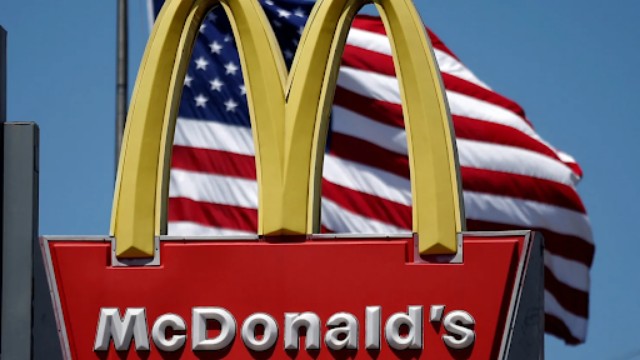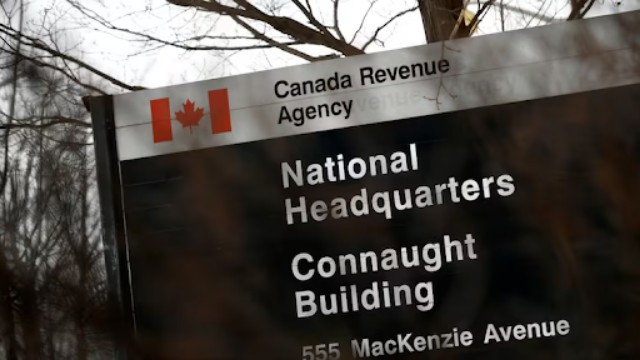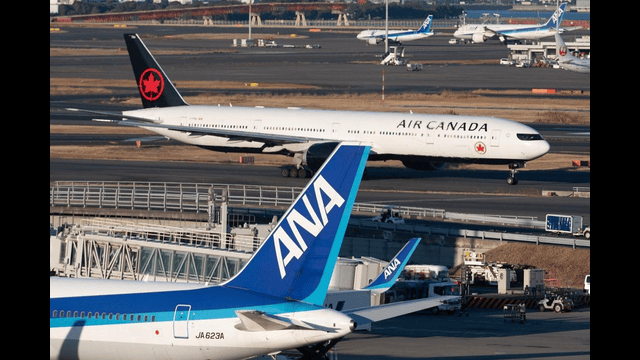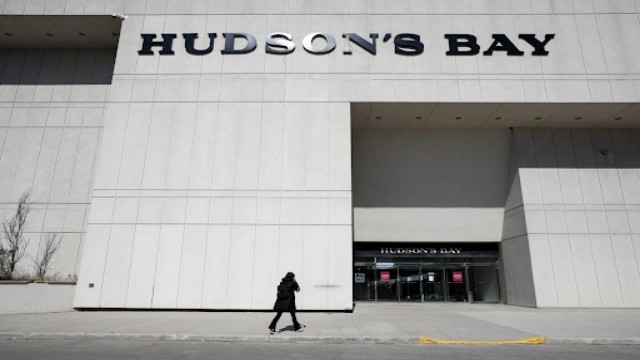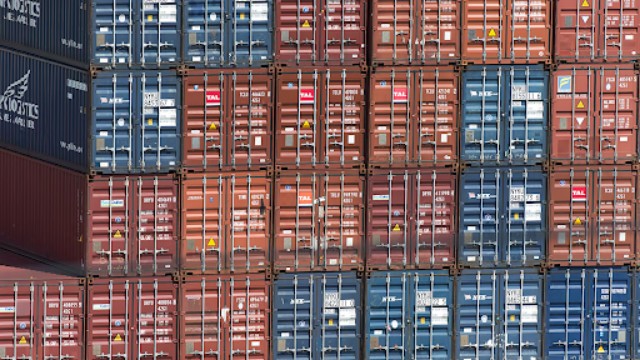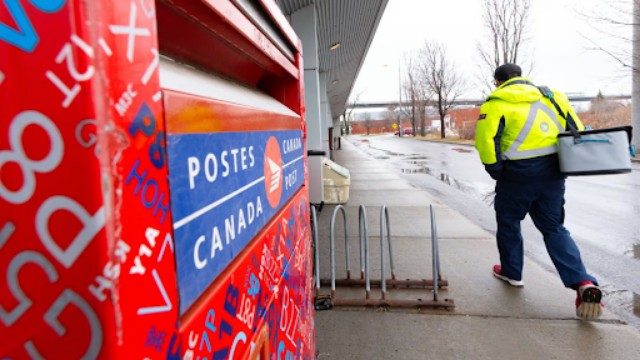
A person pumps gas at a gas station in Mississauga, Ont., on Feb. 13, 2024. (The Canadian Press)
Canadians have been noticing a welcome change at the gas pumps. Over the past few weeks, fuel prices have fallen significantly, bringing a sense of relief amid otherwise uncertain economic conditions. But what’s really driving this dip, and how long will it last?
A Major Drop After Carbon Price Cut
On April 1, the federal government officially scrapped the consumer carbon tax, a move that immediately brought down gas prices across the country. In some areas, drivers have seen a reduction of 15 to 20 cents per litre.
“It’s one of the biggest decreases we’ve ever seen,” says Patrick De Haan, petroleum analyst at GasBuddy. He points out this drop highlights the financial impact the carbon tax had on everyday Canadians.
Although the industrial carbon price for major emitters remains in place, eliminating the consumer portion has brought temporary relief to drivers, especially those with larger vehicles.
Oil Prices at a Four-Year Low
The price drop isn’t solely due to tax changes. Global oil markets are also experiencing a downturn. Crude oil prices have dipped to around $60 per barrel—near their lowest levels in four years.
The decline comes amid growing fears of a global recession. These concerns have been fueled by ongoing trade tensions between the U.S. and China, largely triggered by former President Donald Trump’s tariff policies. When markets expect lower demand for oil, prices tend to fall—not just for gasoline, but for all sectors reliant on oil, including shipping, aviation, and manufacturing.
OPEC+ Plans to Ramp Up Production
Adding to the downward pressure on oil prices is OPEC+’s decision to boost oil production. This international coalition, which includes many Middle Eastern oil producers, is increasing the global supply of crude.
More supply typically drives prices down, especially when demand is expected to fall. Yet the decision to produce more oil at a time of shrinking demand has left many market watchers puzzled.
“There’s still a lot of levers in play,” says De Haan. “OPEC+ increasing production could bring prices even lower, but it’s not a long-term strategy if it starts hurting their own economies.”
The Bigger Picture for Canada’s Oil Industry
Canadian oil and gas producers are feeling the pressure. CEOs are cautious, choosing to wait and see how the market unfolds rather than making quick decisions. Doug Bartole, CEO of InPlay Oil in Calgary, stressed the importance of staying the course for now.
“We’re not planning to cut production or capital spending just yet,” he said during a recent interview. “It’s better to take a longer view.”
Analysts at ATB Capital Markets echoed this sentiment. They still expect Canadian oil production to grow this year but warn that prolonged low prices could lead companies to scale back investments.
What Comes Next?
While gas prices have dropped for now, the future remains uncertain. The summer driving season is just around the corner—a time when fuel demand traditionally spikes.
If you’re planning a road trip or vacation, it may be wise to fuel up while prices remain low. With so many factors at play—geopolitical shifts, economic concerns, and seasonal trends—the cost at the pump could climb again sooner than expected.



